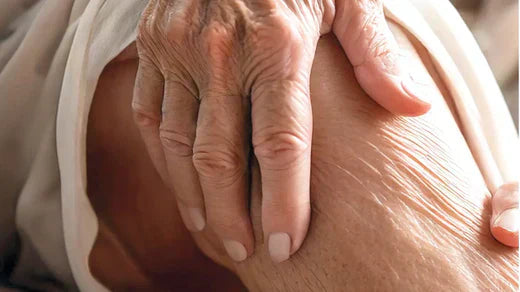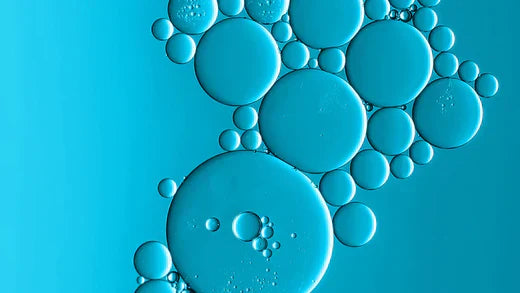Learn the application and effect of a carbon dioxide bath
One form of balneotherapy is the carbon dioxide bath. A carbon dioxide bath contains at least one gram of carbon dioxide per kilogram of water. The carbon dioxide can be natural or artificial. In this article we would like to take a closer look at the carbon dioxide bath. What effect does it have and how should it be used?
What are natural carbon dioxide baths and what are artificial carbon dioxide baths?
The natural carbon dioxide bath
Many natural springs in Germany are equivalent to a real carbon dioxide bath. They come in both warm and cold water and their carbon dioxide content is particularly high. Examples include Bad Ems, Bad Salzuflen, Bad Pyrmont and Bad Wildungen. From a historical perspective, Friedrich Wilhelm Beneke became the first well doctor in Bad Nauheim in 1857. He also published the first document on the treatment of heart patients using a brine bath containing carbon dioxide.
The artificial carbon dioxide bath
There are two different ways to prepare an artificial carbon dioxide bath. One is mechanical preparation. The water is saturated with gaseous carbon dioxide. This takes place at three bar overpressure, which is also known as the impregnation process. Once this has been done, the still cold water can be added to the warm bath water. The full bath can then be heated to the desired bathing temperature with hot water.
The much easier preparation for a carbon dioxide bath can be achieved with the help of a bath additive This is added to the water and the bathing experience can begin. In this case, the preparation for the carbon dioxide provides sodium hydrogen carbonate. The carbon dioxide is released by further adding acidic salts and weak acids.
When can a carbon dioxide bath be helpful?
The carbon dioxide baths approved in Germany can be supportive in the following cases:
- In mild forms of hypertension
- For mild circulatory disorders in the legs and arms
- For microcirculation disorders of the skin
- For skin ulcers
- In case of chronic insufficiency
What effect does a carbon dioxide bath have on the body?
The effect of carbon dioxide on the skin receptors in a carbon dioxide bath is said to have a positive effect on the sensation of itching and pain. In the case of illnesses such as gangrene or ulcers, such a bath is said to have a pain-relieving and overall calming effect on the whole body. The same applies to wounds that are slow to heal, as these can benefit from dilation of the blood vessels. A carbon dioxide bath also ensures the formation of new blood vessels and generally better blood circulation, which in turn benefits the liver and kidneys. A carbon dioxide bath can also be positive for athletes, as it increases performance.
A carbon dioxide bath also influences the thermoreceptors. This means that the carbon dioxide stimulates both the warm and cold receptors, making the bath feel about 2°C warmer than it actually is. A carbon dioxide bath can therefore also be enjoyed at a cooler water temperature of 31°C.
What should be considered when using a carbon dioxide bath?
When bathing in a carbon dioxide bath, you should move as little as possible to achieve maximum effect. Furthermore, your head should remain above the edge of the tub so that the gases are not inhaled. This applies especially to children. Once the carbon dioxide bath is complete, you should shower your body and allow yourself a rest period of 30 minutes.





